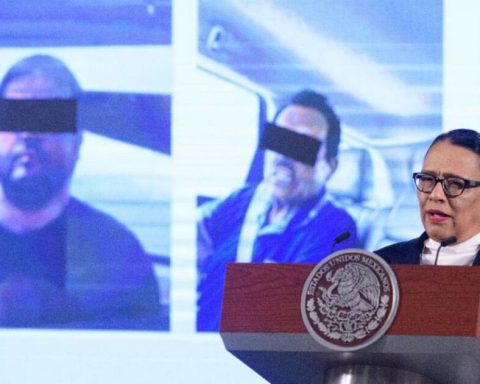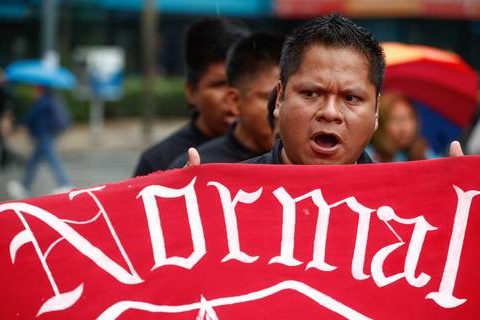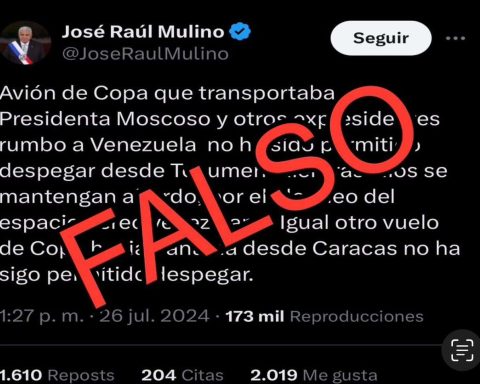Programmable spending is all the disbursements made by the government to deliver goods and services to the population, finance social programs and allow the operation of its institutions, dependencies and entities, details information from BBVA.
Under the same comparative periods, in terms of investment spending, a lower proportion of spending for the development of public infrastructure is observed.
Spending on public infrastructure is extremely important because it influences the economic and human development of the inhabitants of a region or a country. According to the Center for Economic and Budgetary Research (CIEP), infrastructure can be economic, such as the development of electrical networks, highways, and bridges, and it can also be of a social nature, with the development of homes, hospitals, schools, centers sports and health care.
The downward spending has been seen due to a greater need for public resources to meet other obligations, for example, the payment of interest on the public debt (financial cost). In 2013, the first year of Peña Nieto’s government, this obligation absorbed 6.2% of public spending, from January-October 2018 to 2022 it went from 9.7% to 10.3%.
Also the shares, which are the resources that the federal government transfers to the states, absorb a significant percentage of public spending; In the last 10 years, this has gone from 13.7% of public spending in 2012 to 15.4% in January-October 2022.
But the winning spending that grows year after year, regardless of which party the government belongs to, is the one that goes to pensions, this has increased in the last 10 years from 11.3% of public spending to 16.3%.

















